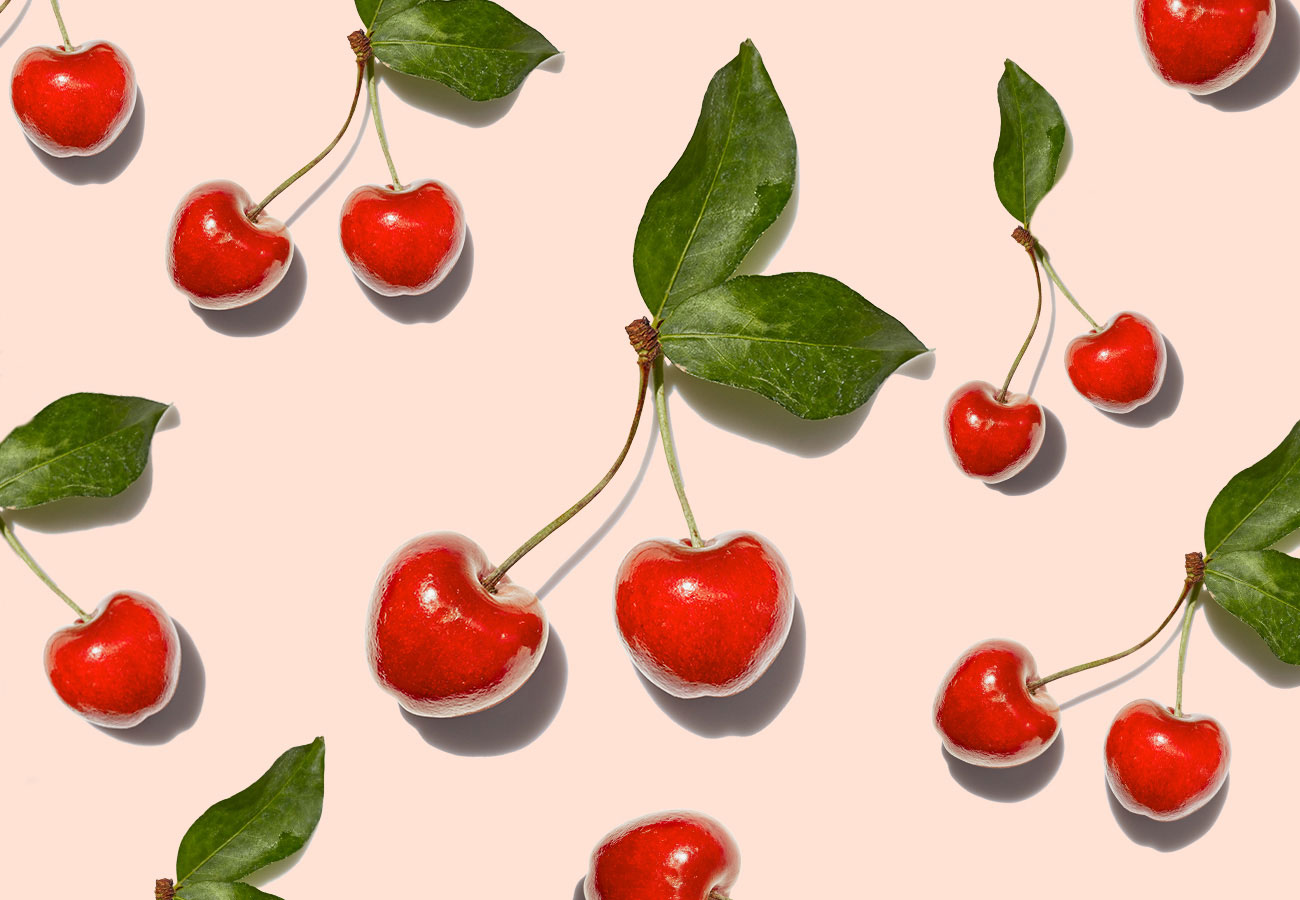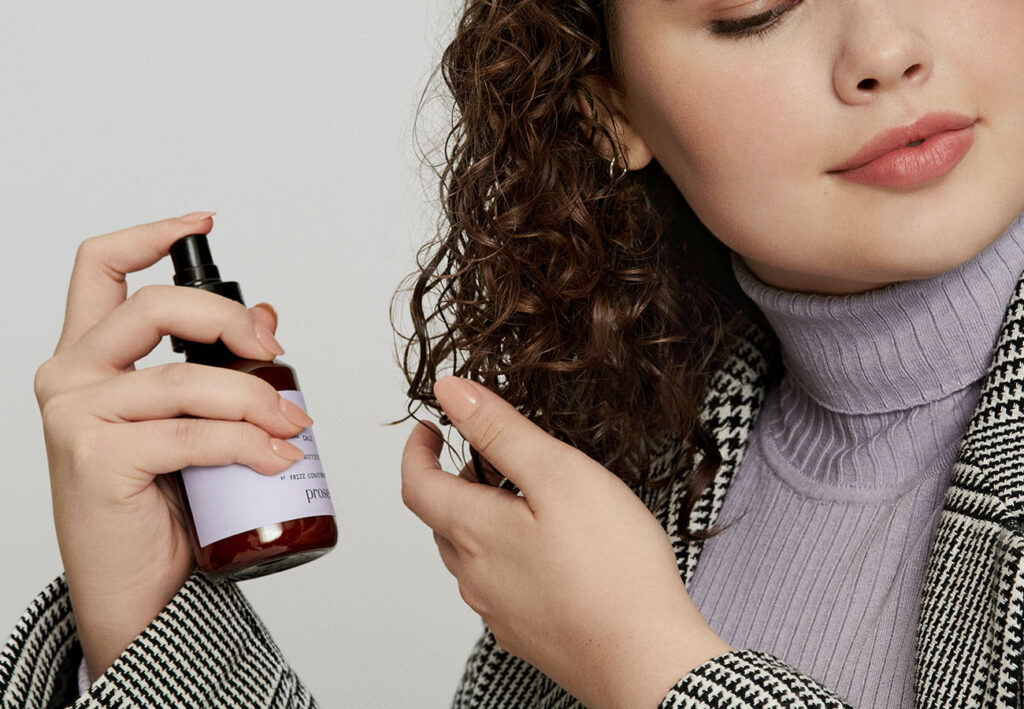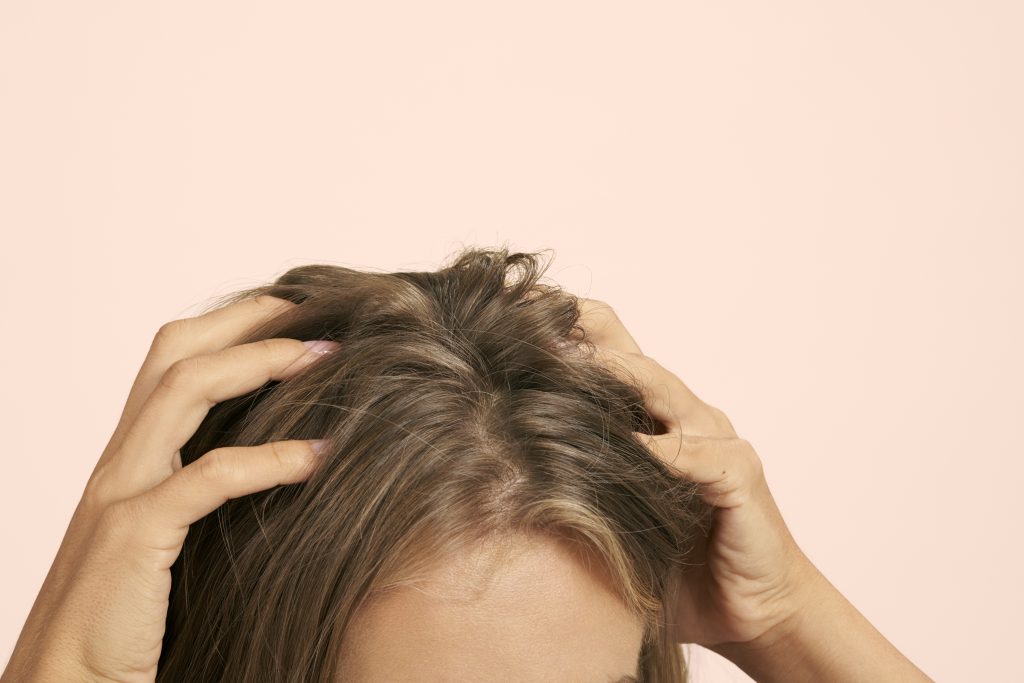What makes the sweet berry such a sweet treat in every sense of the word is its sky-high levels of vitamin C. It is also known to contain many other vitamins and minerals, including beta-carotene, lutein, niacin, thiamine, riboflavin, folic acid, pyridoxine, and pantothenic acid. That’s what makes acerola such a potent ingredient for hair health. Like witch hazel, acerola is a known astringent, so it’s excellent for treating breakouts and boosting skin elasticity.
How to add acerola into your routine
To reap the rewards of acerola, you can also add it to your diet by sprinkling its berries into yogurt, smoothies, or oatmeal. When eating fresh acerola berries, keep in mind that they ripen quickly, and the more they ripen, the more vitamin C they lose, so you’ll want to eat them at their peak to maximize the nutritional perks. As a food, acerola has plenty of additional nutritional benefits, including being rich in calcium, iron, niacin (vitamin B-3), phosphorus, riboflavin (vitamin B-2), and thiamine (vitamin B-1).
The beauty benefits of acerola
Despite their small stature, acerola packs a serious punch, which is why it has been popping up on hair care ingredient labels, including for shampoos, conditioners, hair supplements, and serums. So, what makes acerola a hair helper? These three factors explain what makes this ingredient special.
1. It’s loaded with vitamin C
A true superhero ingredient for hair and skin, acerola is chock full of the stuff. In fact, a study published in the journal Food Chemistry found that acerola had higher levels of vitamin C than other more commonly known fruits, even surpassing oranges and strawberries, particularly when it was grown organically. That research also found acerola to be loaded with vitamin A. Thanks to its antioxidant properties, vitamin C fights the damaging effects of free radicals, pollutants and chemicals, protecting hair follicles in the process. Additionally, the vitamin C from acerola boosts the delivery and absorption of iron, a key nutrient to hair.
2. It contains additional antioxidants.
Vitamin C is just one of several antioxidants in acerola. Another study published in Food Chemistry found acerola to be especially rich in antioxidants. Other phenolic compounds (plant substances) help ward off free radical damage, assisting hair growth in the process, such as carotenoids and flavonoids. The latter prevents an enzyme that converts testosterone into DHT, which is linked to shrinking hair follicles, leading to hampered hair growth over time. Plus, all those antioxidants protecting strands will also help preserve your hair color, saving it from the stressors that can lead to color fade.
3. It boosts collagen production.
Collagen is essential to healthy hair and skin, and acerola can help stimulate it. The protein is what makes up the structure of hair and skin. A loss of collagen can lead to thinning hair and hair loss, as well as fine lines and wrinkles, so it’s crucial to slowing the signs of aging. Plus, collagen can prevent follicle damage and even premature graying.
Wrap up
From its high levels of vitamin C to its potential to increase collagen production, there’s many reasons to love acerola. You can reap its rewards internally through your diet or topically via beauty products such as hair supplements. Either way, adding this superfood to your routine can be beneficial.





